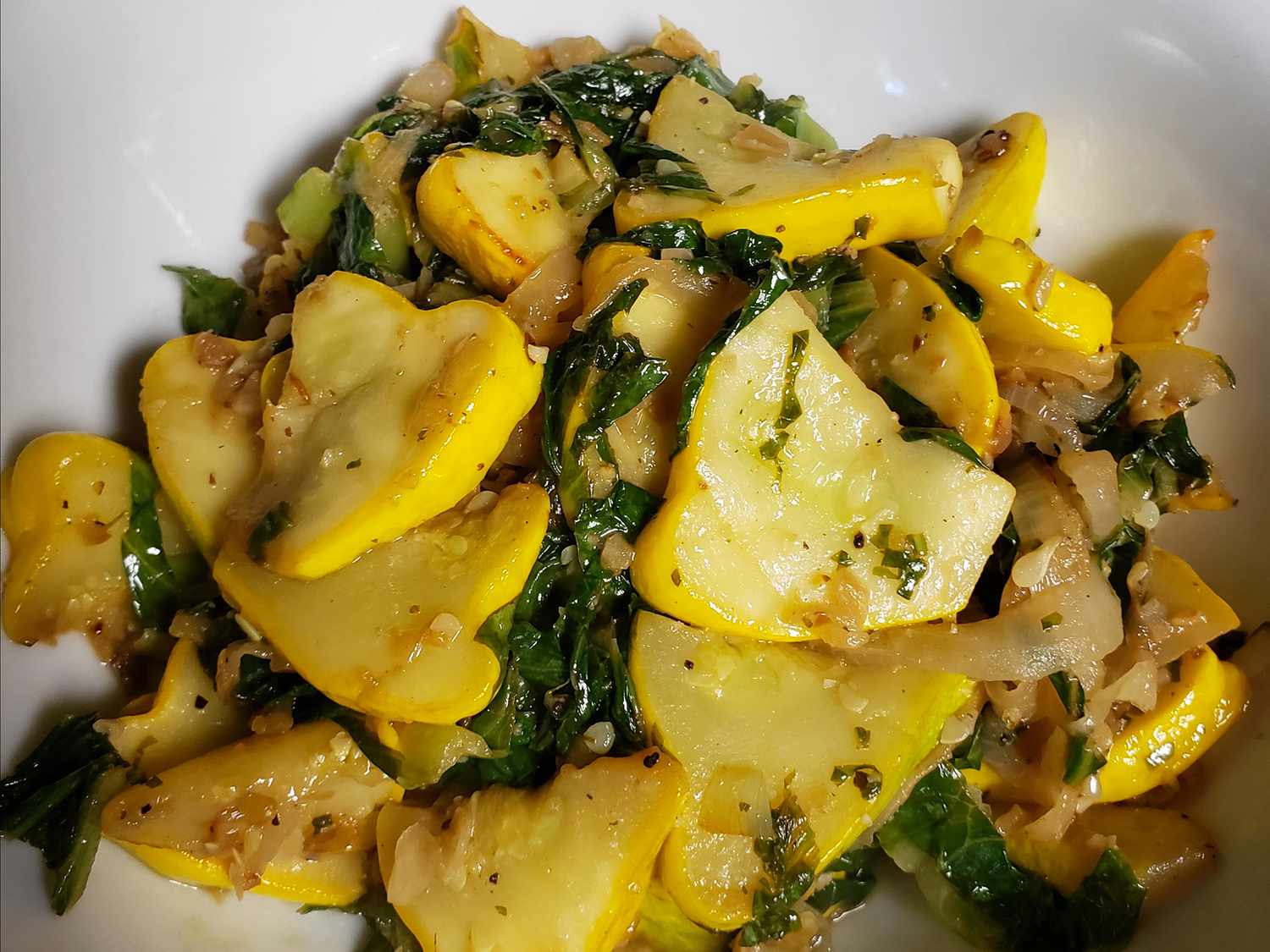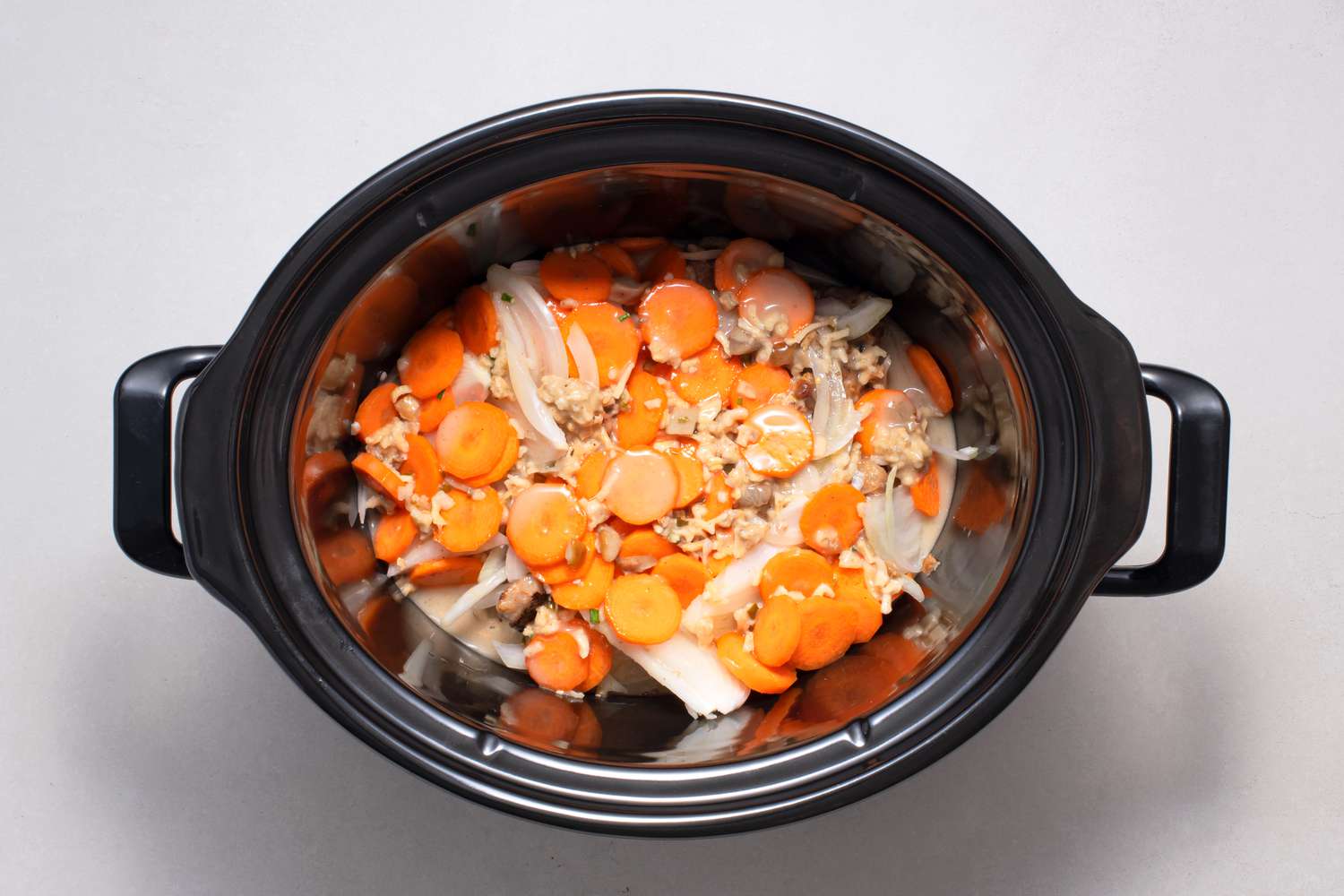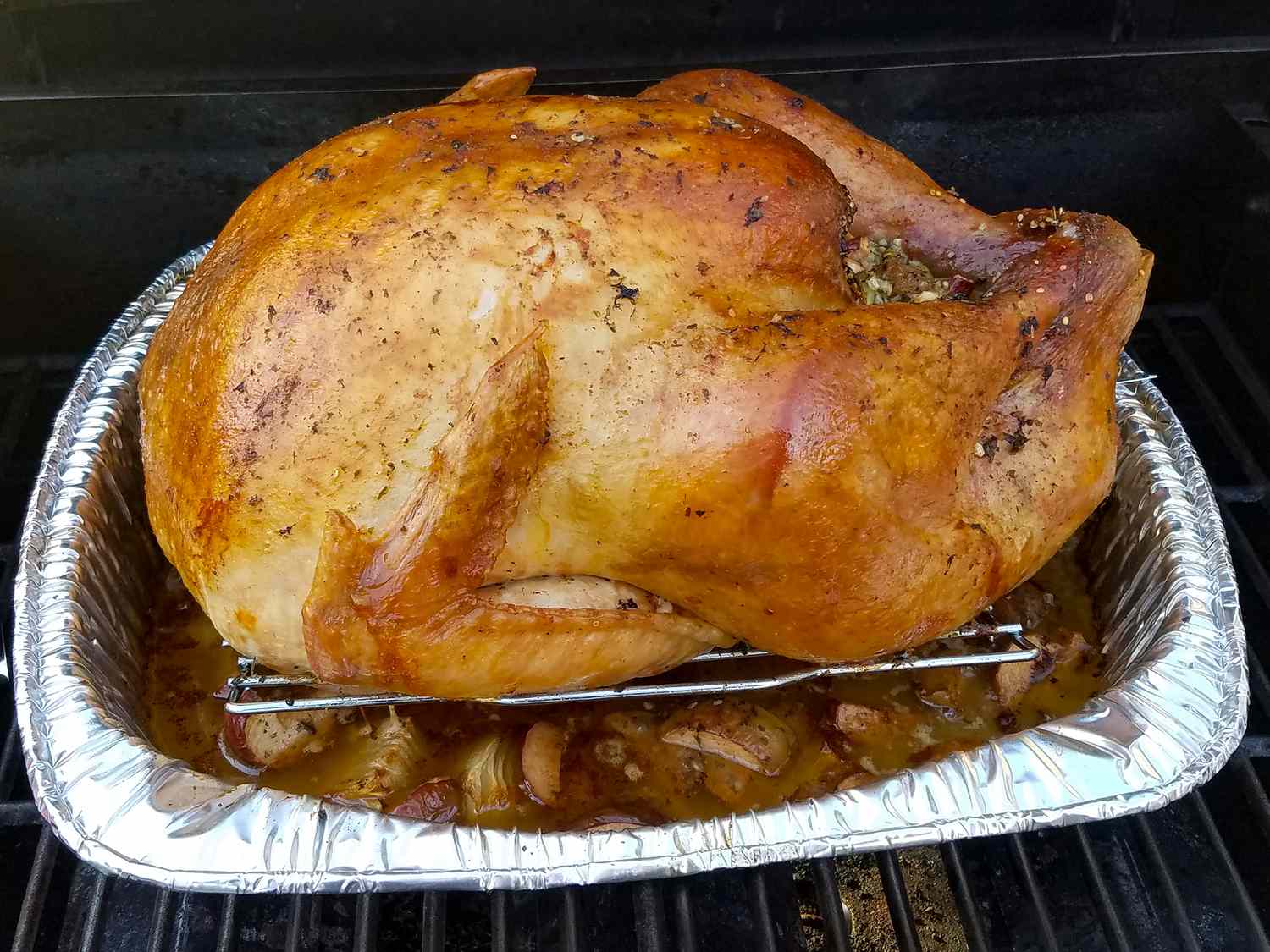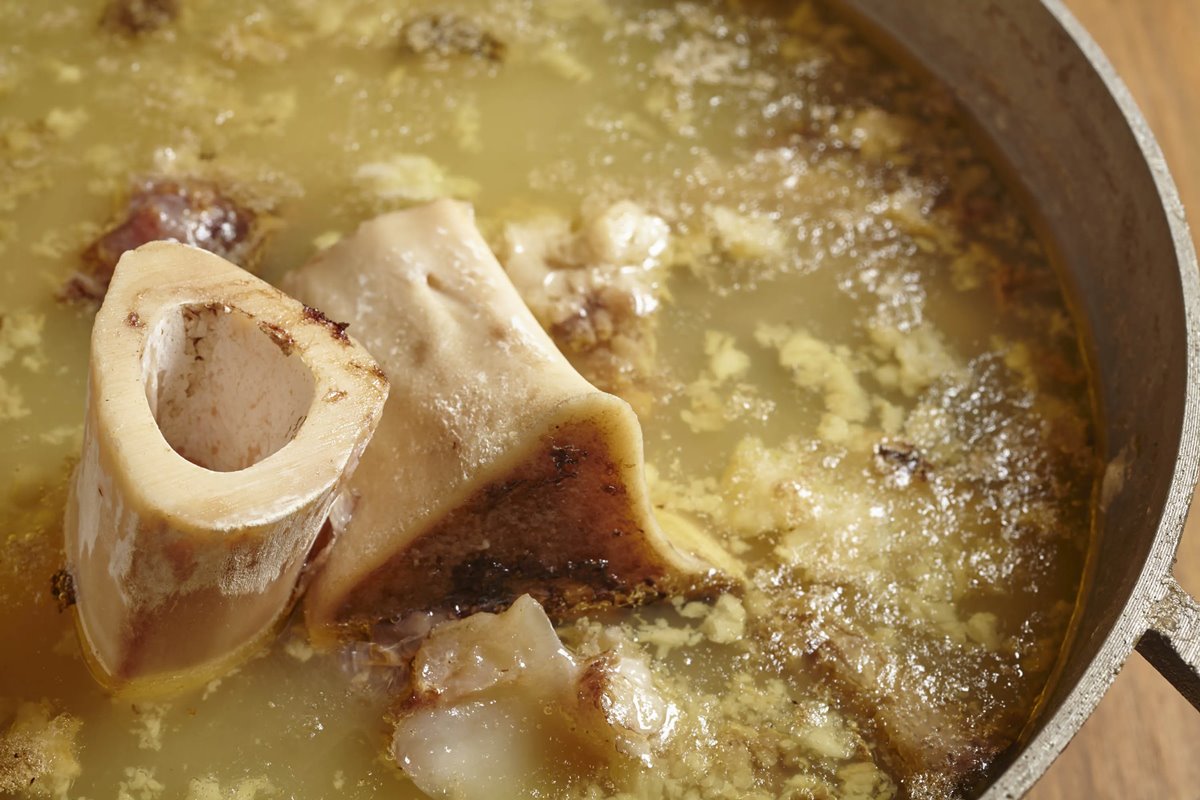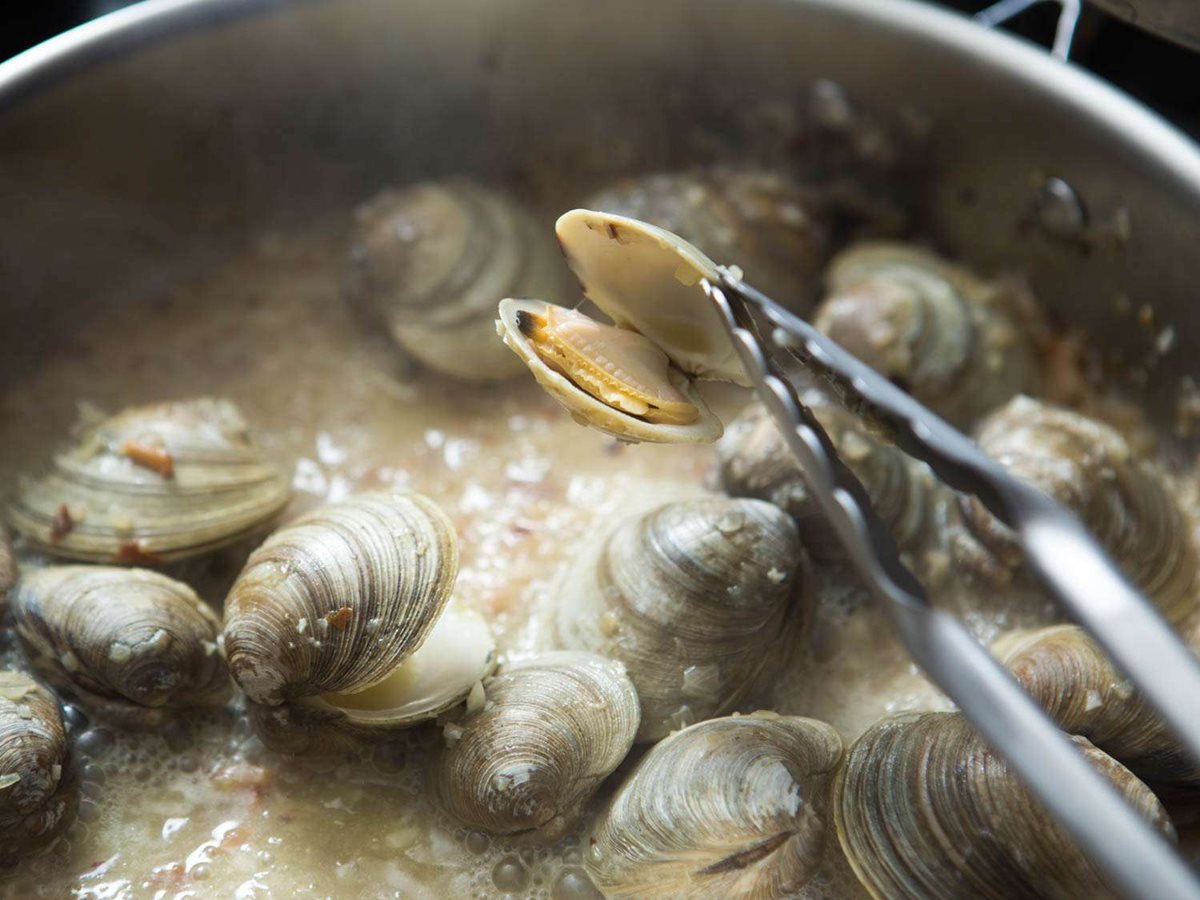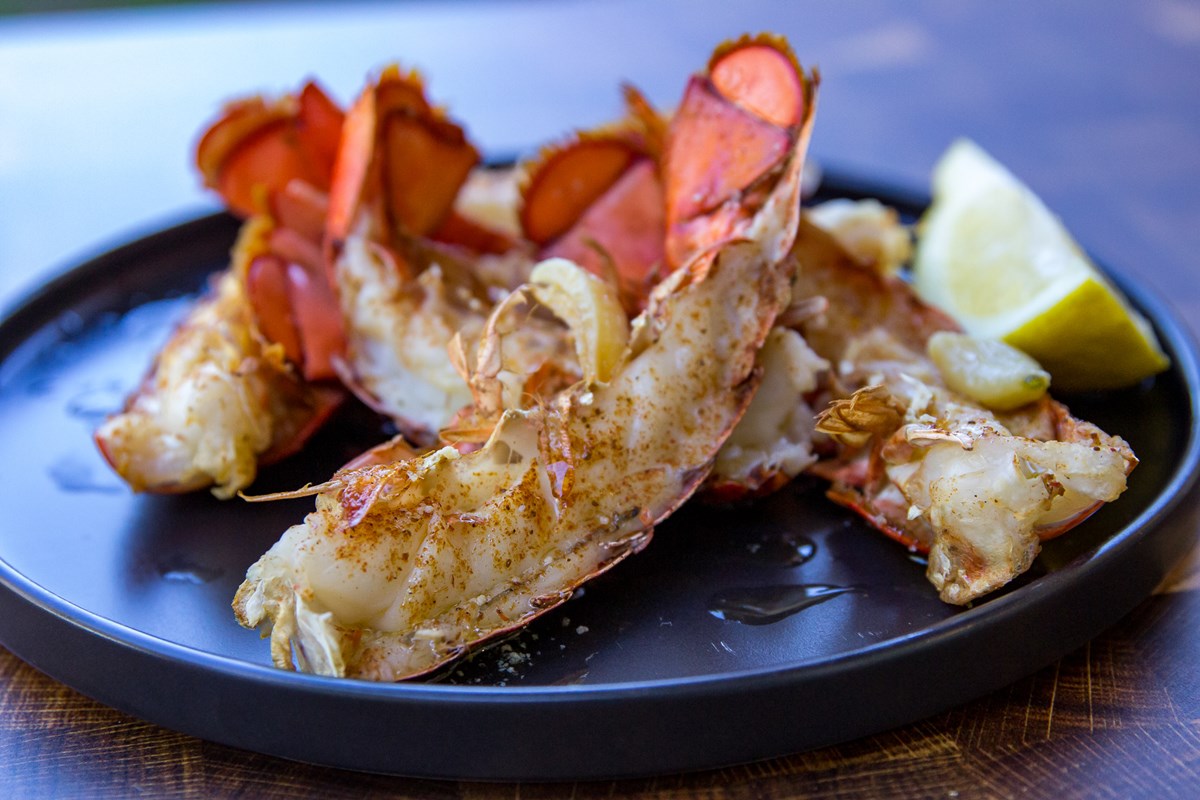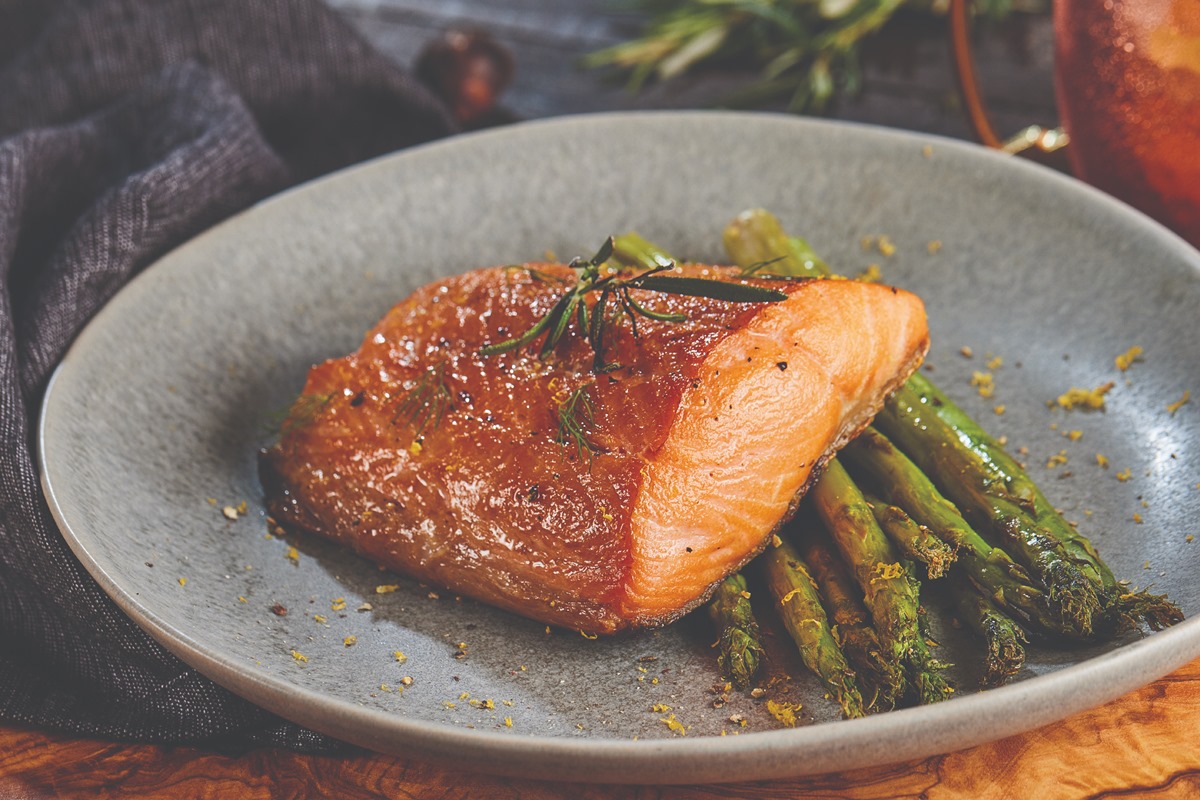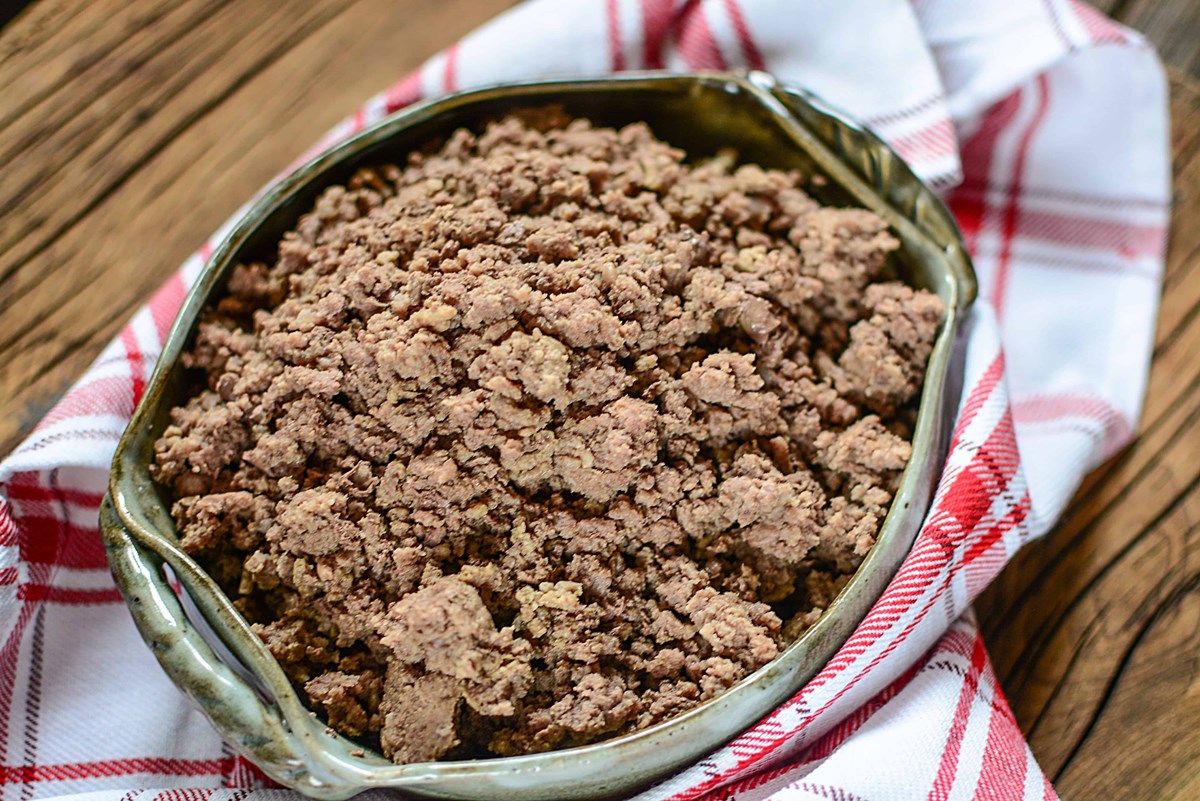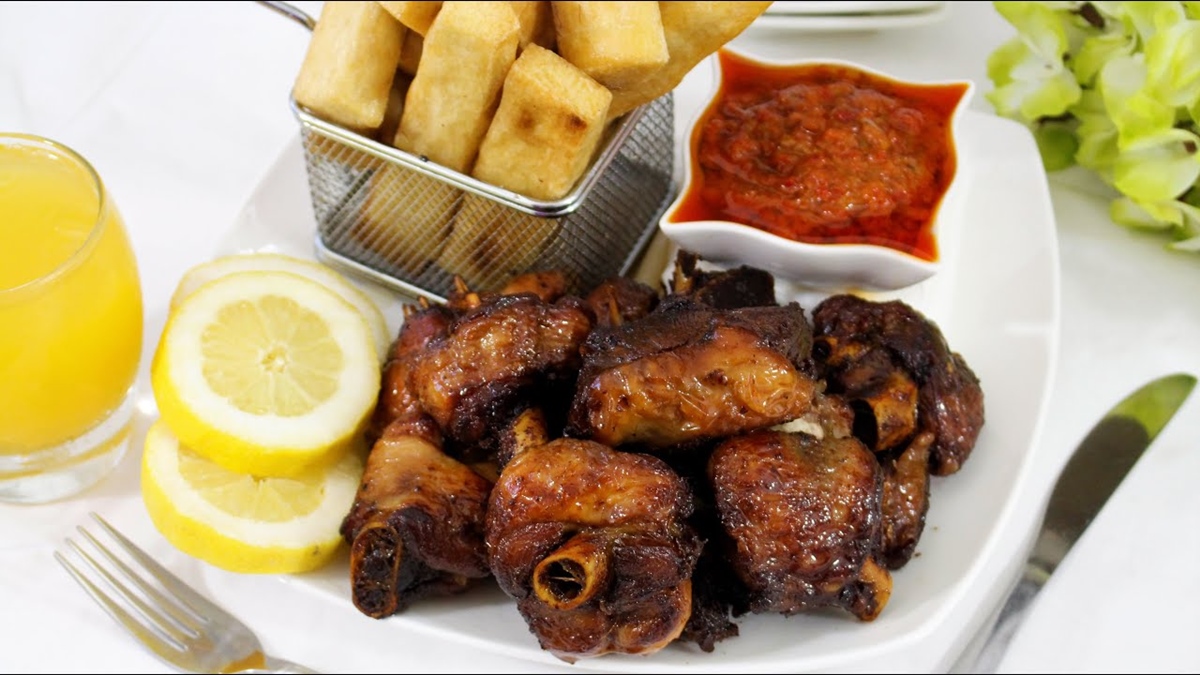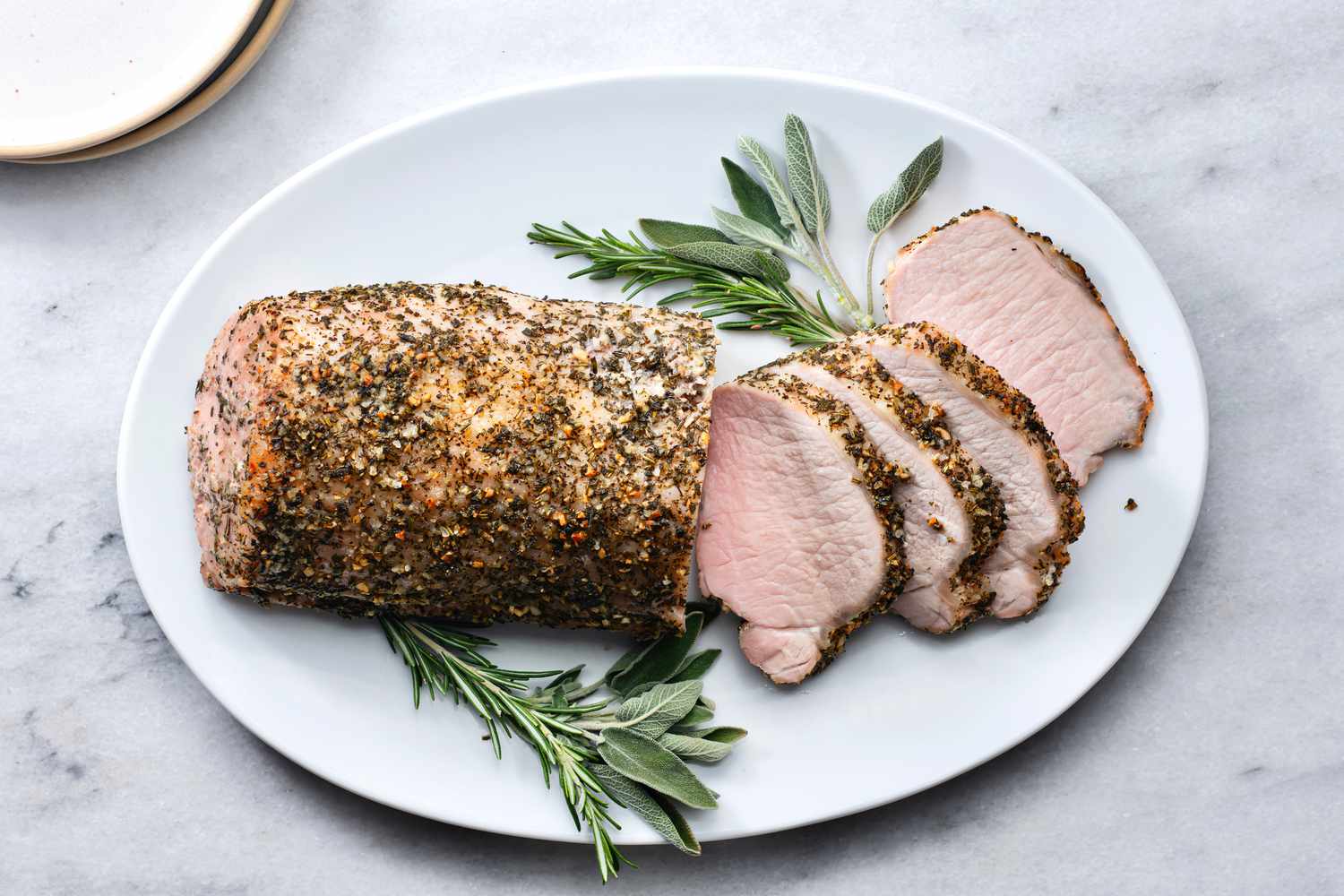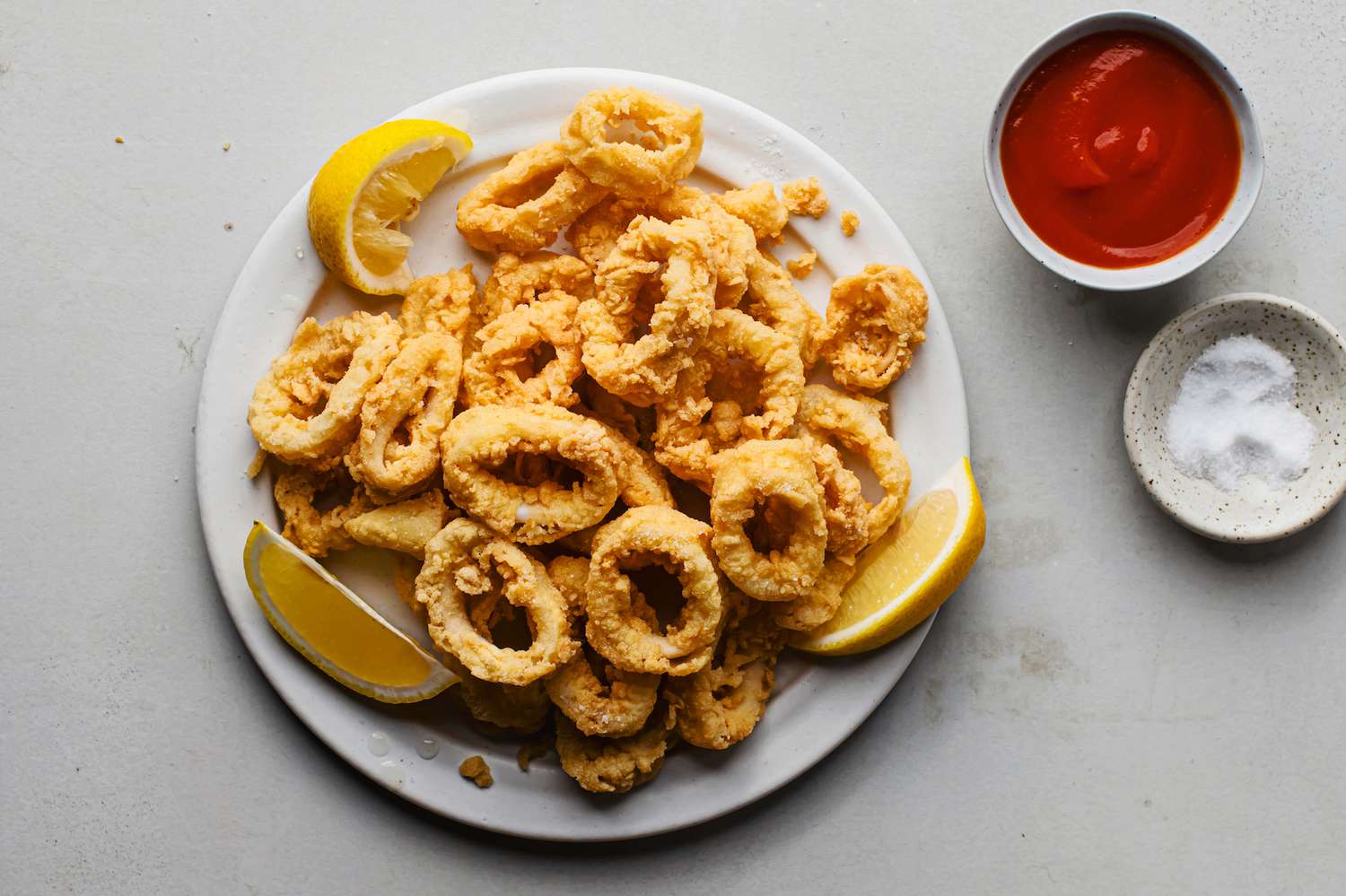Cooking lutefisk, a traditional Nordic dish, often brings curiosity and a bit of apprehension to those unfamiliar with its unique preparation and texture. This delicacy, made from dried whitefish, usually cod, rehydrated through a lye solution, requires specific steps to transform into a savory meal. Boiling lutefisk is one of the simplest methods to prepare this dish, ensuring it retains its delicate flavor and gelatinous texture. For enthusiasts eager to dive into the world of Scandinavian cuisine, mastering the art of boiling lutefisk opens doors to a festive culinary tradition cherished across generations. Let's walk through the essentials of cooking lutefisk by boiling, promising a rewarding experience for adventurous palates.
Essential Ingredients for a Perfect Lutefisk Boil
- 2-3 lbs of lutefisk, dried
- Water, for soaking
- 2 tablespoons of salt
- Butter, for serving
- White pepper, for seasoning
- Fresh dill, optional for garnish
Must-Have Tools for Cooking Lutefisk
- Large pot for boiling water
- Strainer or colander to drain the lutefisk
- Thermometer (optional, but helpful for monitoring water temperature)
- Serving platter to present the lutefisk
- Fork or tongs to handle the lutefisk
- Butter knife for spreading butter on the lutefisk, if desired
Cooking lutefisk begins with soaking the dried fish in cold water for several days, changing water daily. Then, simmer gently in salted water until tender, avoiding boiling to prevent disintegration.
The Art of Cooking Lutefisk: Why It Matters
Cooking lutefisk involves a unique process that transforms dried fish into a gelatinous texture, a tradition deeply rooted in Nordic countries. This method not only preserves fish but also celebrates cultural heritage, connecting generations through shared culinary practices. Understanding how to cook lutefisk properly ensures this tradition continues, honoring ancestors while enjoying a distinctive dish.
Why we engage in this cooking ritual goes beyond mere preparation; it's about keeping a piece of history alive. Through mastering lutefisk boiling, individuals connect with their past, embracing a sense of community and identity. This practice isn't just about food; it's a bridge to understanding and preserving cultural nuances for future generations.
Your Ultimate Guide to Cooking Lutefisk
How To Cook Lutefisk Boil Method
-
Prepare Lutefisk
- Start by rinsing lutefisk under cold water to remove any excess salt or lye.
- Place fish in a large container and fill with cold water. Let it soak for 24 hours, changing water every 8 hours.
-
Change Water
- After soaking, replace water with fresh, cold water.
- Allow lutefisk to sit in this clean water for another 24 hours, ensuring it's thoroughly desalted and ready for cooking.
-
Select Cooking Pot
- Choose a large, spacious pot, preferably enamel or stainless steel, to avoid any reaction with lutefisk.
- Fill pot with enough water to completely cover fish. Do not add lutefisk yet.
-
Heat Water
- Bring water in pot to a light simmer over medium heat. Avoid boiling, as high temperatures can cause lutefisk to disintegrate.
-
Add Lutefisk
- Carefully lower lutefisk into simmering water. If fish is too large, cut into manageable pieces before adding.
- Ensure water returns to a gentle simmer. If not, adjust heat accordingly.
-
Cooking Time
- Allow lutefisk to cook for 20-25 minutes. Exact time depends on thickness of fish. Thicker pieces may require additional time.
-
Check Doneness
- Test lutefisk for doneness by piercing with a fork. Fish should flake easily when it's ready.
- Avoid overcooking, as lutefisk can become too soft and mushy.
-
Remove and Serve
- Once cooked, use a large slotted spoon to carefully remove lutefisk from water.
- Drain well and serve immediately with desired sides and sauces.
-
Serving Suggestions
- Traditional accompaniments include boiled potatoes, green peas, and melted butter.
- Mustard sauce and white sauce are popular sauce choices for lutefisk.
-
Storage
- If there are leftovers, store lutefisk in a sealed container in the refrigerator.
- Consume within 2 days for best quality and safety.
Mastering the Art of Lutefisk
Cooking lutefisk doesn't have to be intimidating. With patience and attention to detail, anyone can bring this traditional dish to their table. Start by soaking the lutefisk to remove excess lye, changing water regularly for the best results. When boiling, keep an eye on the temperature to ensure it's just right—not too hot, or you'll end up with fish mush. Remember, lutefisk is more about the texture than the flavor, so don't skimp on the butter, salt, and pepper. Serve it with all the fixings for a true Scandinavian experience. Whether you're honoring your heritage or simply exploring new cuisines, mastering lutefisk is a culinary adventure worth taking. So, grab your pot and let's make lutefisk a dish to remember!
Expanding Your Culinary Horizons with Lutefisk Recipes
Once you've mastered the basics of cooking lutefisk, why not challenge your culinary skills with a variety of innovative recipes? For those looking to infuse traditional flavors, the Traditional Lutefisk with White Sauce and Lingonberry is highly recommended, offering a classic taste that resonates with cultural authenticity. Adventurous cooks might prefer the Lutefisk Bake with Crispy Breadcrumbs, which provides a delightful crunch against the soft fish. For a comforting meal, the Creamy Lutefisk Casserole with Leeks and Peas merges simplicity with creamy textures, making it a perfect dish for colder evenings. Each recipe utilizes the boiling technique covered in this guide, allowing you to apply newly learned skills in exciting and diverse ways.
All Your Lutefisk Questions Answered
What exactly is lutefisk?
Lutefisk is a traditional Nordic dish made from dried whitefish, usually cod, that's been soaked in lye for several days before being rehydrated. This unique process gives the fish its characteristic jelly-like texture.
How do you properly prepare the fish before cooking?
First off, you've gotta soak the lutefisk in cold water for several days, changing the water daily. This step is crucial for removing the lye and making the fish edible. After soaking, the lutefisk should be tender and ready for the next step.
What's the best way to cook lutefisk?
Boiling is the most traditional method. You'll want to place the lutefisk in a pot of lightly salted, simmering water. Careful now, don't let it boil too vigorously, or the fish could fall apart. A gentle simmer for about 20-25 minutes should do the trick.
Can you bake lutefisk instead of boiling?
Absolutely! Baking offers a less hands-on approach. Preheat your oven, place the lutefisk in a baking dish with a little water, and cover it with foil. Bake at a moderate temperature until the fish is heated through. This method can enhance the fish's flavor without the risk of it disintegrating.
What are some common seasonings or sides that go well with lutefisk?
Simple is often best. A dash of black pepper, a sprinkle of sea salt, and a dollop of melted butter can elevate the dish. For sides, boiled potatoes, green peas, and mustard sauce are popular choices that complement the lutefisk's mild flavor.
Is there a specific drink pairing that suits lutefisk?
For sure, a crisp, light beer or a dry white wine pairs beautifully with lutefisk. These drinks can help cut through the richness and refresh your palate between bites.
Any tips for first-timers trying lutefisk?
Keep an open mind and don't be put off by the fish's unique texture. Start with a small portion, and remember, the right accompaniments can make all the difference. Enjoy the experience of trying something that's been a cherished tradition for generations.
